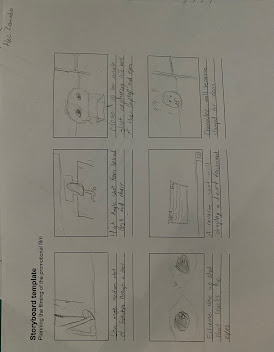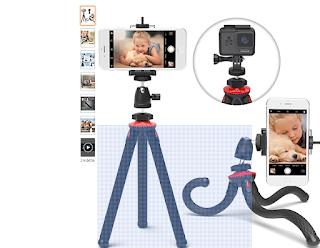Storyboard
During the first nine shots.
I plan on introducing the occupation of the character and parts of the problem. It will depict the writer first beginning to work, which will introduce his occupation to the audience. This will also set the setting and lighting of the title. Next, It will show that the writer is dedicated and diligent. Using an extreme close-up shot on the pupils moving across a screen and a hand writing across a page will portray the effort from the character. After this, the next shots will show the character emotions, such as confusion and frustration as time passes. Here I will use a fade to represent the time.
Shots 10-15
Out of frustration, the writer will be moving around the house. Close ups can show emotion and it his actions will relate to the reader. There will also be a long shot of him talking a short walk outside during the nighttime. This will include the diegetic and ambient sounds of nature that will serve as "inspiration."
Shots 16-21
After the writer returns indoors, we will see him start brainstorming again. This time, it will be at a new table. More writing, typing and planning will ensue, and we can see with close ups that he is making good progress. I plan to use an extreme close up shot on the writing and typing.
Shots 22-30
In the middle of his train of thought, a disturbance from behind will alert the writer. A close up shot will see him turn around in interest, and it will be followed by a reverse shot of a glow from a drawer. There will be a tilt and pan to the light. Another extreme close up reverse shot of the same things will follow and we will see the writer move towards it before a complete darkness engulfs everything. A point of view shot will show him waking up, followed by an establishing shot of his surroundings.







Comments
Post a Comment